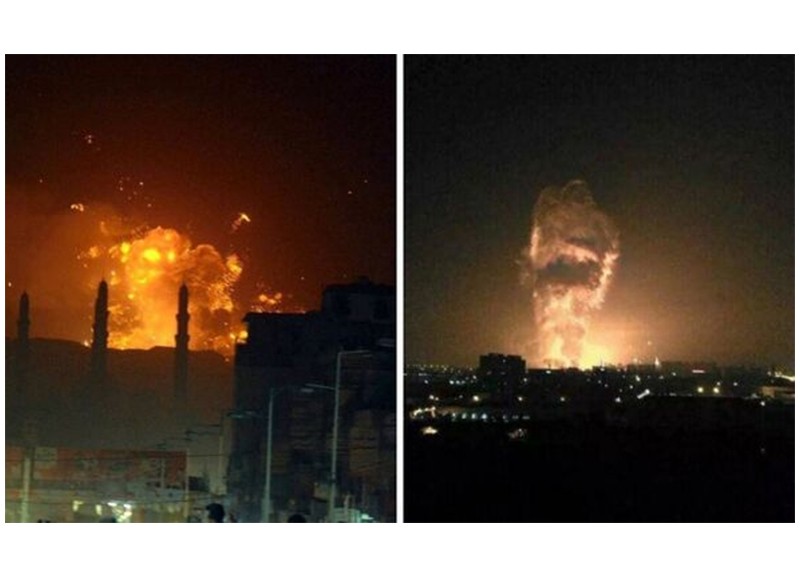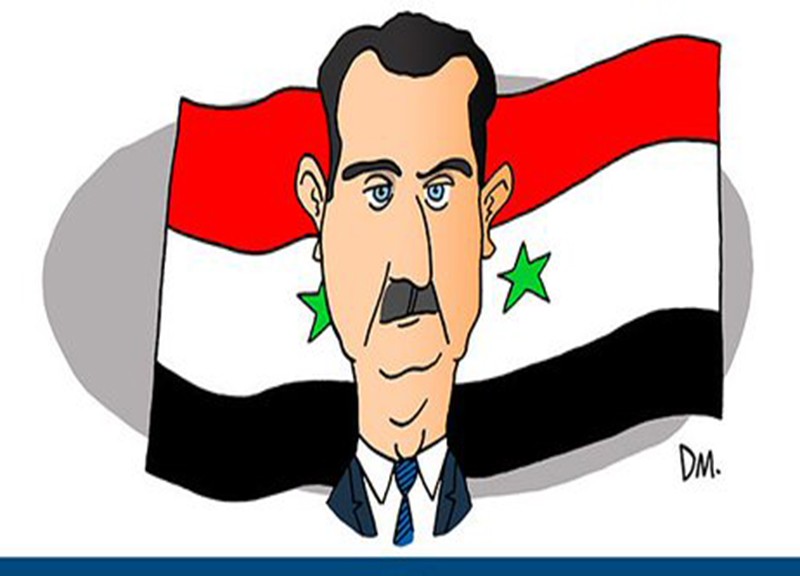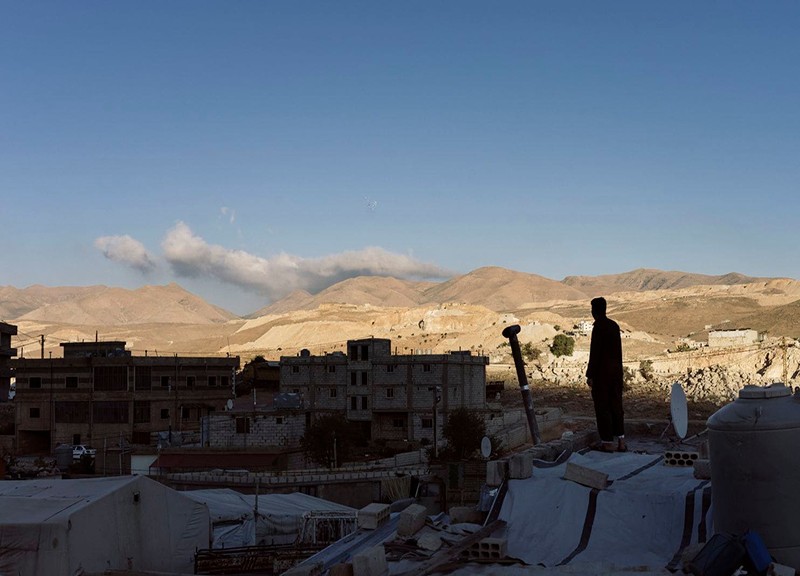
Targeted bombardment could be less effective at calming regional tensions than a deal to stop the fighting between Israel and Hamas
By Sune Engel Rasmussen and Jared Malsin - WSJ
Retaliatory U.S. airstrikes on Iranian-backed militias in Syria and Iraq were carefully calibrated to stop attacks on American forces in the Middle East without goading Iran into direct conflict.
ANALYSIS
Whatever response the bombing provokes, it is unlikely to prevent more attacks by Iranian allies on U.S. and Israeli interests. That would require a cease-fire in Gaza, regional analysts and officials said.
In retaliation for the killing of three U.S. military personnel by Iranian-backed militia last weekend, the strikes targeted remote Iraqi and Syrian bases rather than Iranian territory. The U.S. gave enough notice to allow Iran to relocate personnel away from the line of fire.
But the festering conflict between the U.S. and Iran’s constellation of militia allies was reignited by the war that started between Israel and Gaza after Hamas’s Oct. 7 attack that killed some 1,200 mainly civilians in southern Israel.
Iranian-allied militias have launched more than 160 attacks on U.S. forces in Iraq and Syria since the war began in Gaza, marking a sharp escalation in a slow-burning conflict in which the militants aim to drive the U.S. from the region.
Since Israel invaded Gaza, Lebanon’s Hezbollah movement has also engaged in an escalating exchange of fire on Israel’s northern border. Attacks by Iranian-backed Houthi rebels in the Red Sea have upended international shipping, drawing U.S. airstrikes on Houthi-controlled territory in Yemen. Both groups have said they would only pause hostilities once Israel stops its war in Gaza. The attacks by Iran’s proxies in the region stopped during a one-week cease-fire in the enclave in November.
More than 27,000 people, mostly women and children, have died in Gaza, according to Palestinian health authorities whose figures don’t distinguish between militants and civilians.
The dynamic puts the Biden administration under even greater pressure to achieve its other, overlapping policy goal in the region: a cease-fire in Gaza that would free the remaining Israeli hostages held by Hamas.
The U.S. is pushing a proposal that would stop the war initially for six weeks to let hostages out and pave the way to a more lasting peace. Significant obstacles remain to getting both sides to agree to the deal, not least internal divisions over whether to accept its terms as they stand.
Achieving a deal would do more to calm tensions in the Middle East than the latest round of strikes, regional officials and analysts say.
Disabling Tehran’s ability to project power through its socalled “axis of resistance” altogether would require more than a cease-fire or military strikes in Iraq and Syria, experts in the region’s dynamics say.
Iranian allies have become part of the political fabric across the region: from Lebanon where Hezbollah is both a political party and seen as the main guarantee against Israeli attacks to Yemen where the Houthis have captured the capital and act as the de facto government.
In Syria, President Bashar al-Assad withstood an uprising-turned-war with Iranian assistance and continues to depend on Tehran—and Moscow—for his survival. And in Iraq, integration into the political system and security apparatus grants Iranian-backed militias economic power and the ability to influence national politics, while remaining outside state control.
“The problem of U.S. policy in regards to the axis is that it has never seriously committed to a long-term strategy working with local partners to counteract Iranian influence and the axis’ ascendancy,” said Arash Azizi, a historian at Clemson University and author of a biography on Qassem Soleimani, the Islamic Revolutionary Guard Corps commander who masterminded Tehran’s alliance of militias before he was killed in a 2020 U.S. drone strike.
“The U.S. puts all its eggs in the Israeli basket without giving similar weight to its Arab allies,” he said.
The Biden Administration has signaled that attacks will continue in the coming days. Beyond hitting more Iranianbacked militias in Syria and Iraq, the options for the U.S. include targeting Iran’s Islamic Revolutionary Guard Corps in those countries, ratcheting up financial pressure on Tehran’s battered economy and conducting cyber operations against Iranian security infrastructure.
The U.S. on Friday imposed sanctions on officers and officials of the IRGC for helping manufacture Iranian drones and attempted cyberattacks on American water utilities—and unsealed charges against nine individuals for selling oil to finance Hamas and Hezbollah.
An American strike on Iranian soil is also an option, albeit remote.
Iran has signaled that it doesn’t seek direct military confrontation with the U.S., or an escalation of hostilities in the region.
After the deadly drone strike on U.S. forces in Jordan, Iranian officials traveled to Iraq to tell Iranian-backed groups that the attack on the base had crossed a line, a senior adviser to the Iranian government who participated in the meetings said.














